Home>Maintenance & Safety>Child & Elderly Safety at Home>Home Safety Assessment For A Family With A Toddler
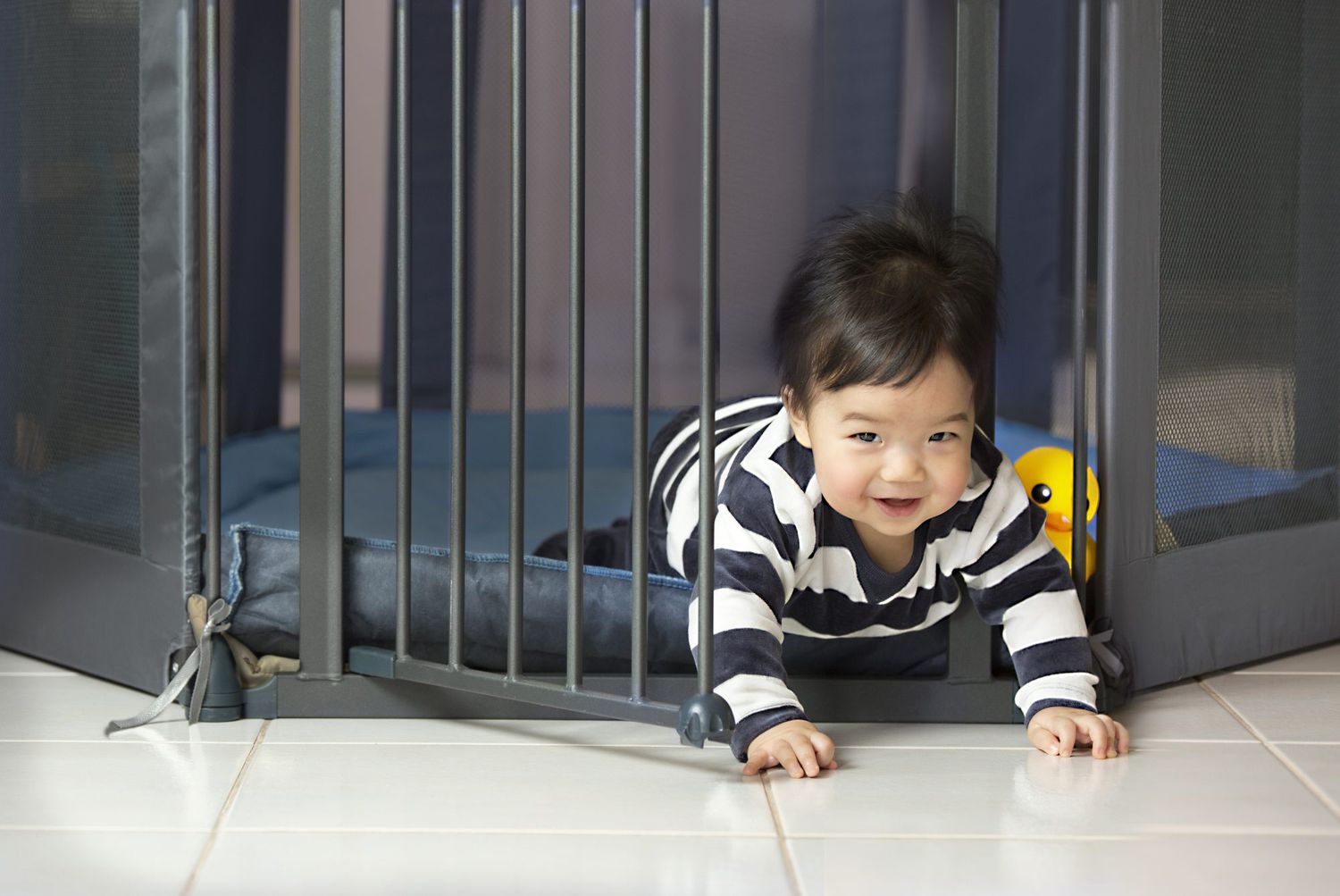

Child & Elderly Safety at Home
Home Safety Assessment For A Family With A Toddler
Modified: March 1, 2024
Ensure the safety of your child and elderly loved ones at home with a comprehensive home safety assessment tailored for families with toddlers. Prevent accidents and create a secure environment for your family.
(Many of the links in this article redirect to a specific reviewed product. Your purchase of these products through affiliate links helps to generate commission for Storables.com, at no extra cost. Learn more)
Introduction
Ensuring a safe and secure environment for a family with a toddler is of paramount importance. As toddlers are naturally curious and constantly exploring their surroundings, it is crucial to conduct a thorough home safety assessment to identify and mitigate potential hazards. By taking proactive measures to childproof the living space and equipping oneself with essential safety knowledge, parents and caregivers can significantly reduce the risk of accidents and injuries. In this comprehensive guide, we will delve into the significance of home safety assessments, common hazards for toddlers, practical tips for conducting a thorough assessment, room-by-room safety checklists, childproofing strategies for specific areas, and essential emergency preparedness and first aid measures. Whether you are a new parent, a seasoned caregiver, or a concerned family member, this resource aims to empower you with the knowledge and tools necessary to create a safe and nurturing environment for the little ones in your life. Let's embark on this journey to fortify our homes and safeguard the well-being of our precious toddlers.
Key Takeaways:
- Keep toddlers safe by identifying and addressing common home hazards, conducting thorough safety assessments, and implementing targeted childproofing measures. Prepare for emergencies with essential first aid knowledge and an emergency plan.
- Prioritize toddler safety at home through proactive measures, including childproofing specific areas, creating a nurturing environment, and fostering a culture of preparedness. Empower caregivers to safeguard the well-being of toddlers.
Read more: What Is The Westmead Home Safety Assessment
Importance of Home Safety Assessment
Conducting a comprehensive home safety assessment is vital for safeguarding the well-being of toddlers and young children. The home, while often perceived as a place of comfort and security, can harbor numerous potential hazards that pose risks to curious and energetic toddlers. By proactively evaluating and addressing these risks, caregivers can create a secure environment that nurtures the child’s development while minimizing the likelihood of accidents and injuries.
One of the primary reasons for prioritizing home safety assessments is the developmental stage of toddlers. Toddlers are inquisitive by nature, eager to explore their surroundings and interact with various objects within their reach. This exploration, while essential for their cognitive and motor skill development, also exposes them to potential dangers. From sharp corners and small objects that pose choking hazards to electrical outlets and household chemicals, the home environment presents a myriad of risks that require careful consideration.
Furthermore, home safety assessments serve as proactive measures to prevent accidents before they occur. By identifying and mitigating potential hazards, caregivers can significantly reduce the likelihood of falls, burns, poisoning, and other common accidents that affect young children. This proactive approach not only prioritizes the child’s safety but also provides peace of mind for parents and caregivers, allowing them to create a secure space where the child can thrive without unnecessary risks.
Moreover, home safety assessments contribute to the overall well-being of the family unit. By fostering a safe and secure environment, caregivers can alleviate stress and anxiety related to potential household hazards, allowing for a more relaxed and enjoyable living experience. This proactive approach promotes a sense of empowerment and preparedness, ensuring that the home remains a sanctuary where children can learn, play, and grow without unnecessary risks.
In essence, the importance of home safety assessments lies in their ability to mitigate potential hazards, promote a secure and nurturing environment, and provide peace of mind for caregivers. By recognizing the unique needs and behaviors of toddlers and taking proactive measures to address potential risks, caregivers can create a home environment that supports the child’s development while prioritizing their safety and well-being.
Common Home Hazards for Toddlers
As toddlers embark on their journey of exploration and discovery, it is essential to be mindful of common home hazards that may pose risks to their safety. Understanding these potential dangers empowers caregivers to take proactive measures to mitigate risks and create a secure environment for their little ones.
1. Falls: Toddlers are prone to falls as they navigate their surroundings. Unsecured staircases, elevated surfaces, and furniture with sharp edges present significant fall hazards. Additionally, cluttered play areas and toys strewn across the floor can contribute to tripping and falling incidents.
2. Choking and Suffocation: Small objects, including toys, coins, and household items, pose a choking hazard to toddlers. Additionally, plastic bags, loose bedding, and poorly fitted crib mattresses can pose suffocation risks.
3. Burns and Scalds: Hot surfaces, such as stovetops, radiators, and heaters, can cause burns and scalds if not properly secured. Exposed electrical outlets and cords also pose burn hazards, as toddlers may attempt to touch or play with them.
4. Poisoning: Household chemicals, medications, and cleaning products present significant poisoning risks to toddlers. Additionally, plants and certain household items, such as button batteries, can pose toxic threats if ingested.
5. Drowning: Unsecured pools, bathtubs, and large buckets of water can pose drowning hazards to toddlers, who may be drawn to water out of curiosity.
6. Strangulation: Window blind cords, curtain ties, and loose cords from electrical appliances can pose strangulation risks to toddlers if left unsecured.
7. Sharp Objects: Knives, scissors, and other sharp objects within reach pose laceration hazards to toddlers, especially in the kitchen and other areas where such items are commonly used.
By recognizing these common home hazards, caregivers can proactively implement safety measures to mitigate risks and create a secure environment for toddlers to explore and thrive. Through careful assessment and targeted childproofing strategies, the home can be transformed into a nurturing and safe space that supports the child’s development while minimizing potential dangers.
Conducting a Home Safety Assessment
Conducting a thorough home safety assessment involves a systematic evaluation of the living space to identify potential hazards and implement preventive measures. This proactive approach empowers caregivers to create a secure environment that supports the well-being and development of toddlers. The following steps outline the process of conducting a comprehensive home safety assessment:
- Identify Potential Hazards: Begin by surveying each room and outdoor area of the home to identify potential hazards that may pose risks to toddlers. This includes assessing furniture with sharp edges, unsecured electrical outlets, loose cords, and any items that could be choking hazards.
- Assess Accessibility: Evaluate the accessibility of hazardous items and areas within the home. Determine if toddlers can easily access cleaning products, medications, sharp objects, and other potential dangers. This assessment helps in devising targeted childproofing strategies.
- Review Safety Devices: Inspect the functionality of safety devices such as smoke detectors, carbon monoxide alarms, and fire extinguishers. Ensure that these devices are in working condition and have fresh batteries installed.
- Examine Furniture and Fixtures: Check for any unstable furniture, such as bookshelves and dressers, that could potentially tip over and cause injury. Secure these items to the wall to prevent tipping hazards.
- Childproofing Solutions: Explore childproofing solutions tailored to the identified hazards. This may include installing safety gates at the top and bottom of staircases, securing electrical outlets with outlet covers, and using cabinet locks to prevent access to hazardous substances.
Throughout the assessment process, it is essential to view the home environment from a toddler’s perspective, considering their curiosity and natural inclination to explore. By adopting this perspective, caregivers can effectively identify and address potential hazards that may not be immediately apparent from an adult’s vantage point.
Furthermore, caregivers should periodically revisit and update the home safety assessment to account for the evolving needs and behaviors of the growing child. As toddlers develop new skills and abilities, their interaction with the home environment may change, necessitating adjustments to existing safety measures.
By diligently conducting a home safety assessment and implementing targeted childproofing measures, caregivers can create a secure environment that fosters the child’s independence and exploration while minimizing potential risks. This proactive approach not only prioritizes the safety and well-being of toddlers but also provides peace of mind for caregivers, allowing them to create a nurturing and secure living space for their little ones.
Room-by-Room Safety Checklist
Ensuring a safe environment for toddlers involves conducting a comprehensive room-by-room safety assessment to identify and address potential hazards. By systematically evaluating each area of the home, caregivers can implement targeted childproofing measures that mitigate risks and create a secure space for the child to thrive. The following room-by-room safety checklist provides guidance on assessing and enhancing safety in key areas of the home:
Kitchen
- Secure lower cabinets and drawers with childproof locks to prevent access to sharp objects, cleaning products, and potentially hazardous items.
- Install stove knob covers to prevent toddlers from turning on burners or accessing hot surfaces.
- Keep small appliances, such as toasters and blenders, unplugged and stored out of reach when not in use.
- Use stove guards to prevent access to burners and hot cookware.
Living Room and Common Areas
- Secure furniture with sharp edges to prevent potential injuries from falls or collisions.
- Anchor heavy furniture, such as bookshelves and TV stands, to the wall to prevent tipping hazards.
- Cover electrical outlets with safety plugs or outlet covers to prevent accidental shocks.
- Use cord shorteners or wind-up devices to secure loose cords from blinds or electronics.
Bathroom
- Keep medications, cleaning products, and personal care items stored in locked cabinets or out of reach of toddlers.
- Install toilet locks to prevent access to the toilet bowl, reducing the risk of drowning or exposure to harmful cleaning agents.
- Set the water heater to a safe temperature to prevent scalding from hot water.
- Use nonslip mats in the bathtub and shower to prevent slips and falls.
Bedroom
- Ensure that cribs and beds meet safety standards and do not pose entrapment hazards.
- Use cordless window coverings or keep cords out of reach to prevent strangulation risks.
- Secure heavy or unstable furniture to prevent tipping hazards.
- Keep small items, such as jewelry and small toys, out of reach to prevent choking hazards.
Outdoor Areas
- Install safety gates at the top and bottom of staircases to prevent falls.
- Secure access to pools, hot tubs, and other bodies of water with fencing and self-closing gates.
- Inspect outdoor play equipment for safety and ensure that it is age-appropriate and well-maintained.
- Remove or secure potential tripping hazards, such as garden tools and hoses, from play areas.
By systematically evaluating each room and implementing targeted safety measures, caregivers can create a secure and nurturing environment that supports the child’s development while minimizing potential risks. This proactive approach empowers caregivers to safeguard the well-being of toddlers within the home, promoting a safe and enriching living space for the entire family.
Childproofing Tips for Specific Areas
Childproofing specific areas of the home is essential for mitigating potential hazards and creating a secure environment for toddlers to explore and thrive. By implementing targeted childproofing measures, caregivers can address unique safety concerns in key areas of the home. The following childproofing tips offer guidance on enhancing safety in specific areas:
Kitchen
- Secure Cabinets and Drawers: Use childproof locks to prevent access to sharp objects, cleaning products, and potentially hazardous items stored in lower cabinets and drawers.
- Stove Safety: Install stove knob covers to prevent toddlers from turning on burners or accessing hot surfaces. Additionally, use stove guards to create a barrier between the child and hot cookware.
- Appliance Safety: Keep small appliances unplugged and stored out of reach when not in use. Store cords out of reach or use cord shorteners to prevent tripping hazards.
Bathroom
- Cabinet Locks: Store medications, cleaning products, and personal care items in locked cabinets or out of reach of toddlers.
- Toilet Safety: Install toilet locks to prevent access to the toilet bowl, reducing the risk of drowning or exposure to harmful cleaning agents.
- Water Temperature: Set the water heater to a safe temperature to prevent scalding from hot water.
- Slip Prevention: Use nonslip mats in the bathtub and shower to prevent slips and falls.
Living Room and Common Areas
- Furniture Safety: Secure furniture with sharp edges to prevent potential injuries from falls or collisions. Anchor heavy furniture, such as bookshelves and TV stands, to the wall to prevent tipping hazards.
- Electrical Outlet Covers: Cover electrical outlets with safety plugs or outlet covers to prevent accidental shocks.
- Cord Management: Use cord shorteners or wind-up devices to secure loose cords from blinds or electronics.
Outdoor Areas
- Safety Gates: Install safety gates at the top and bottom of staircases to prevent falls. Secure access to pools, hot tubs, and other bodies of water with fencing and self-closing gates.
- Play Equipment Safety: Inspect outdoor play equipment for safety and ensure that it is age-appropriate and well-maintained. Remove or secure potential tripping hazards, such as garden tools and hoses, from play areas.
By implementing these targeted childproofing tips, caregivers can address specific safety concerns in key areas of the home, creating a secure and nurturing environment for toddlers to thrive. These proactive measures empower caregivers to mitigate potential hazards and promote a safe and enriching living space for the entire family.
Emergency Preparedness and First Aid
Being prepared for potential emergencies and equipped with essential first aid knowledge is crucial for caregivers responsible for the safety and well-being of toddlers. By establishing a comprehensive emergency preparedness plan and familiarizing oneself with first aid practices, caregivers can respond effectively to unforeseen incidents and provide immediate assistance when needed. The following guidelines outline key components of emergency preparedness and first aid for families with toddlers:
Emergency Preparedness Plan
- Emergency Contacts: Maintain a list of emergency contacts, including local emergency services, poison control, pediatrician, and trusted neighbors or family members who can provide assistance during an emergency.
- Evacuation Plan: Develop and practice an evacuation plan in the event of a fire or other emergencies. Identify primary and alternative evacuation routes and establish a designated meeting point outside the home.
- Emergency Supplies: Keep essential emergency supplies, including a first aid kit, flashlight, batteries, non-perishable food, water, and blankets, readily accessible in the home.
- Fire Safety: Install and regularly test smoke detectors, discuss fire safety protocols with family members, and ensure that fire extinguishers are available and in working condition.
Read more: Topics For A Nursing Home Safety Meeting
First Aid Practices
- Basic First Aid Training: Consider undergoing basic first aid and CPR training to acquire essential lifesaving skills and knowledge.
- Wound Care: Familiarize yourself with proper wound care practices, including cleaning and dressing minor cuts and scrapes to prevent infection.
- Choking Response: Learn how to perform age-appropriate choking relief techniques for toddlers, including the Heimlich maneuver and back blows.
- Burn Treatment: Understand the appropriate first aid measures for treating minor burns and scalds, including cooling the affected area with running water and applying sterile dressings.
- Poisoning Response: Recognize the signs of poisoning and know the appropriate steps to take in case of suspected poisoning, including contacting poison control and seeking medical assistance immediately.
Child-Specific First Aid Considerations
- Age-Appropriate Techniques: Adapt first aid techniques to suit the age and size of toddlers, considering their unique physiology and developmental stage.
- Comforting and Reassurance: In the event of an injury or emergency, provide comfort and reassurance to the child while administering first aid, ensuring a calming and supportive environment.
- Child-Friendly First Aid Kit: Keep a well-stocked first aid kit tailored to the needs of toddlers, including adhesive bandages, antiseptic wipes, child-friendly pain relief medication, and age-appropriate medical supplies.
By establishing a robust emergency preparedness plan and familiarizing oneself with essential first aid practices, caregivers can effectively respond to emergencies and provide immediate assistance when needed. This proactive approach not only enhances the safety and well-being of toddlers but also instills confidence and preparedness within the family unit, ensuring a secure and nurturing environment for the little ones.
Conclusion
Creating a safe and nurturing environment for toddlers within the home requires proactive measures, thorough assessments, and a commitment to prioritizing their well-being. By recognizing and addressing common home hazards, conducting comprehensive safety assessments, implementing targeted childproofing measures, and preparing for potential emergencies, caregivers can fortify the living space and promote a secure environment where toddlers can explore, learn, and thrive.
Embracing the importance of home safety assessments empowers caregivers to identify potential hazards and take proactive steps to mitigate risks, thereby minimizing the likelihood of accidents and injuries. From securing furniture and electrical outlets to childproofing specific areas such as the kitchen and bathroom, each measure contributes to creating a secure and supportive environment for toddlers to navigate.
Furthermore, the establishment of an emergency preparedness plan and the acquisition of essential first aid knowledge equip caregivers with the tools and confidence to respond effectively in unforeseen situations, ensuring the safety and well-being of toddlers in the event of an emergency. By fostering a culture of preparedness and safety within the home, caregivers can instill a sense of security and provide a nurturing environment where children can flourish.
Ultimately, the commitment to home safety assessments, targeted childproofing, and emergency preparedness reflects a dedication to creating a space where toddlers can grow and thrive without unnecessary risks. By integrating these proactive measures into the fabric of daily life, caregivers can cultivate a secure and enriching environment that supports the developmental journey of toddlers while providing peace of mind for the entire family.
As we embark on this journey to fortify our homes and safeguard the well-being of our precious toddlers, let us embrace the proactive measures and knowledge that empower us to create a secure and nurturing environment where children can explore and flourish, free from unnecessary risks and hazards.
Frequently Asked Questions about Home Safety Assessment For A Family With A Toddler
Was this page helpful?
At Storables.com, we guarantee accurate and reliable information. Our content, validated by Expert Board Contributors, is crafted following stringent Editorial Policies. We're committed to providing you with well-researched, expert-backed insights for all your informational needs.

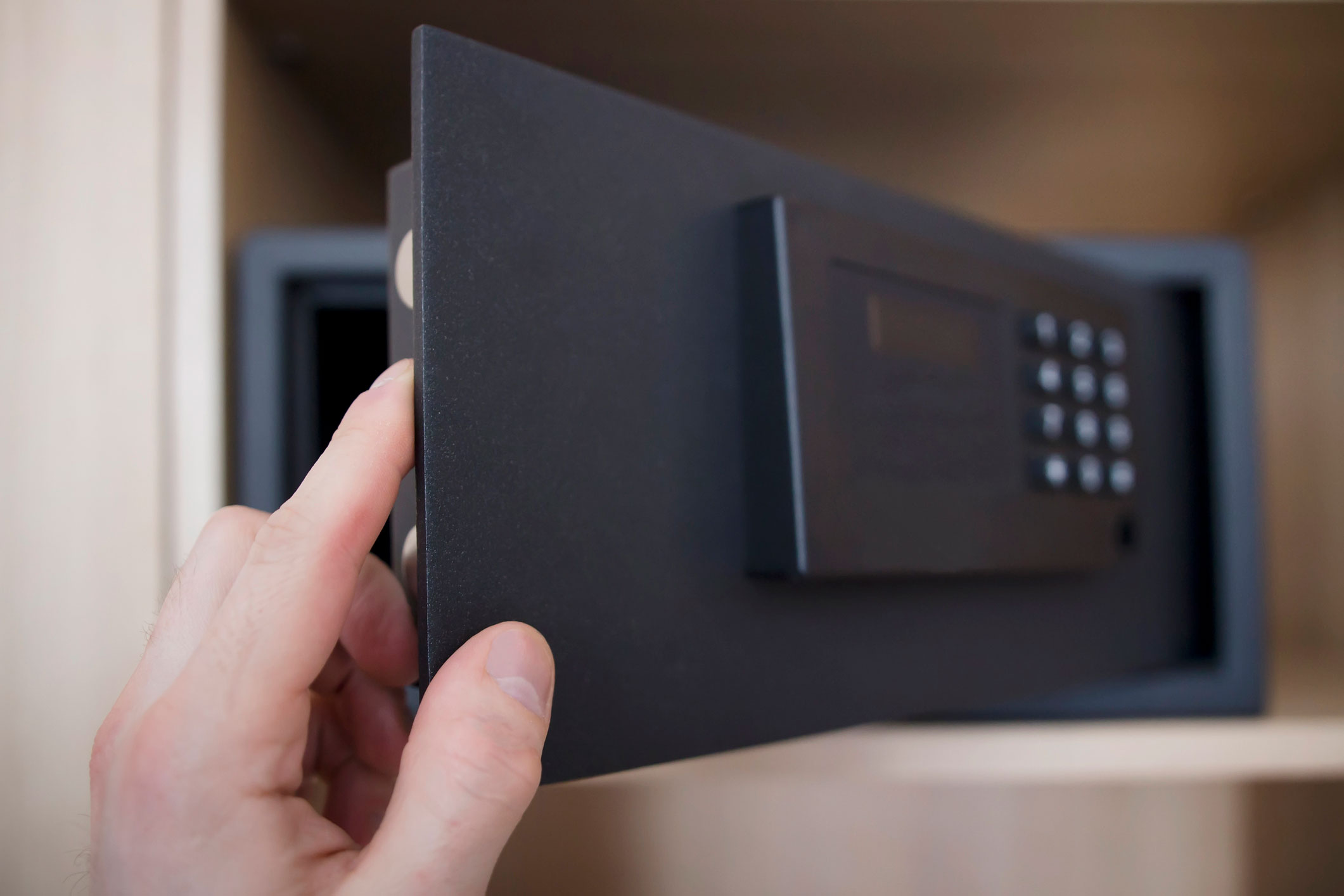
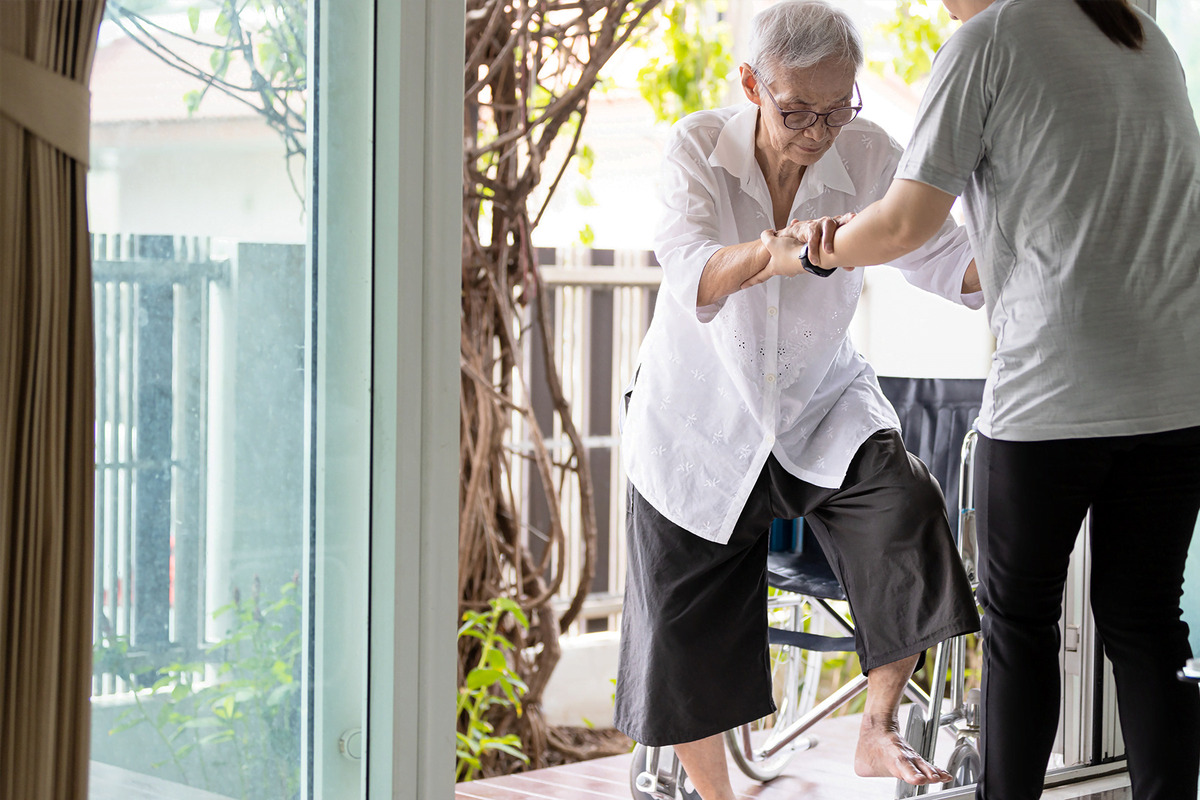



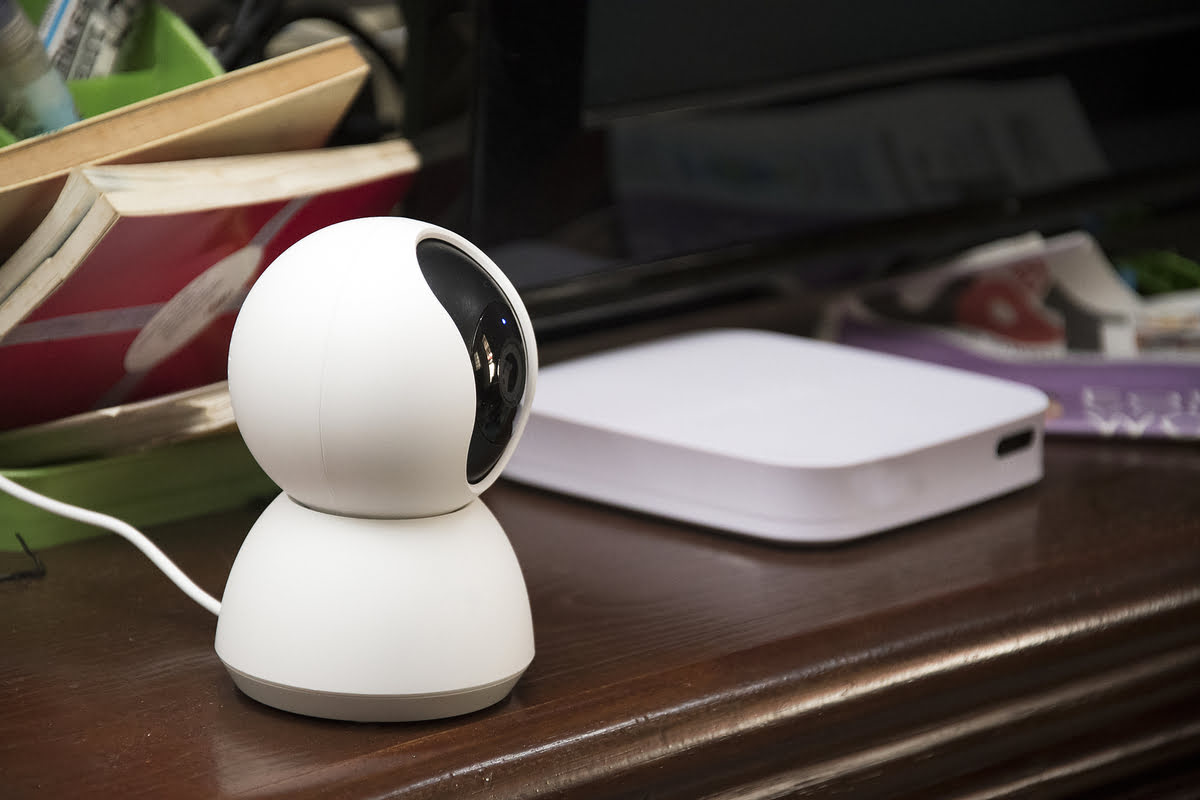
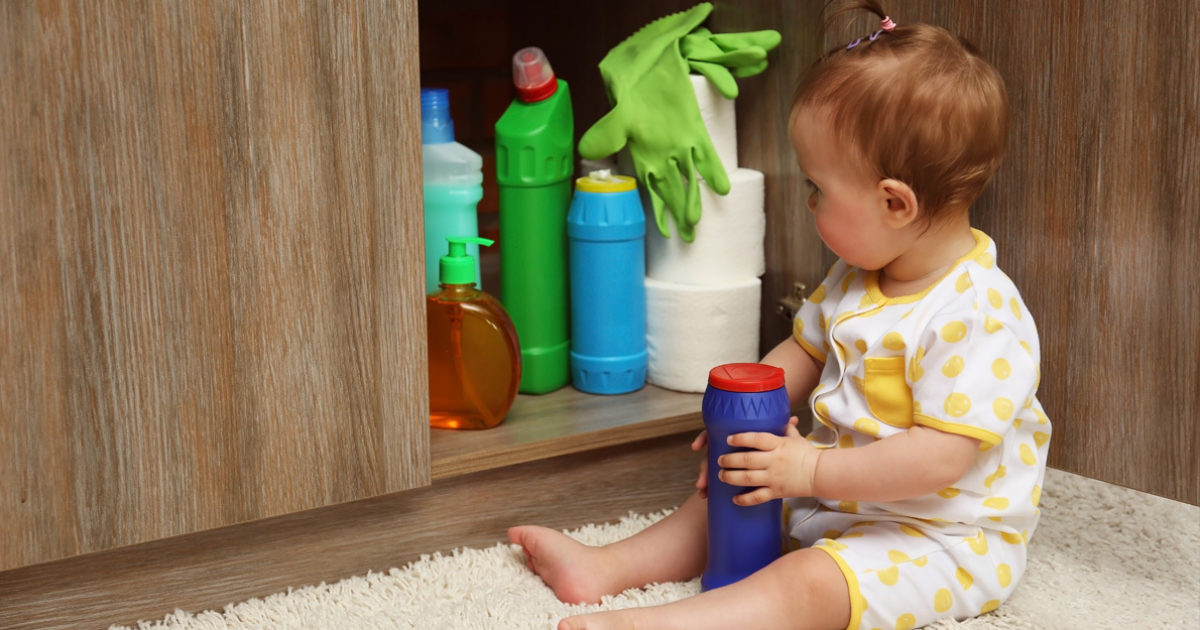
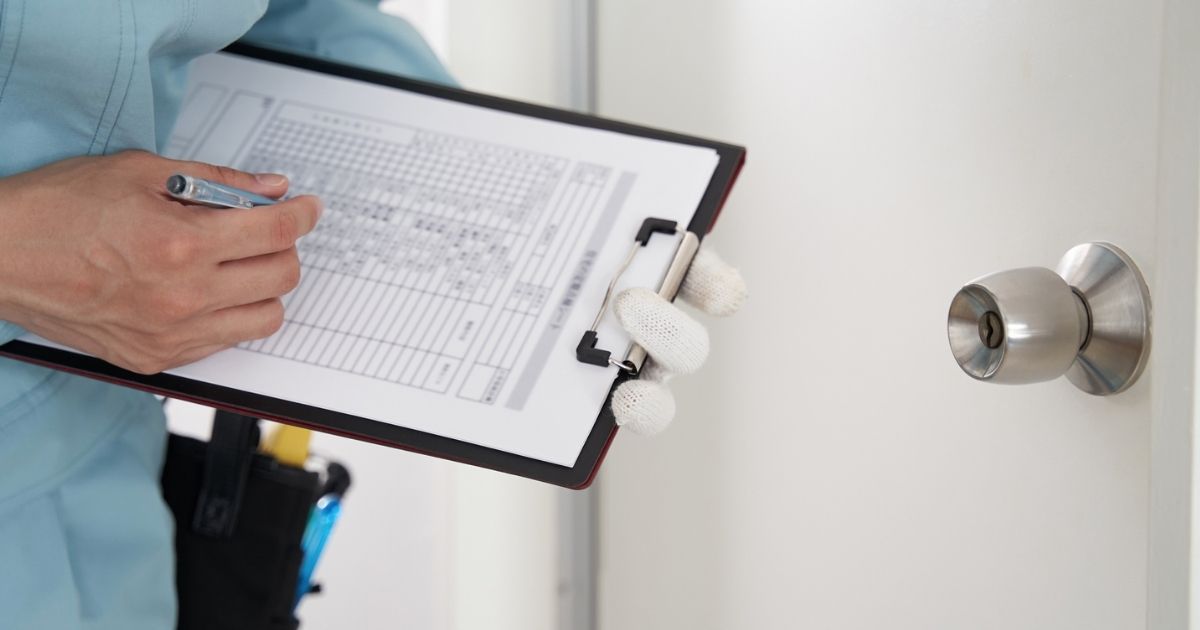



0 thoughts on “Home Safety Assessment For A Family With A Toddler”